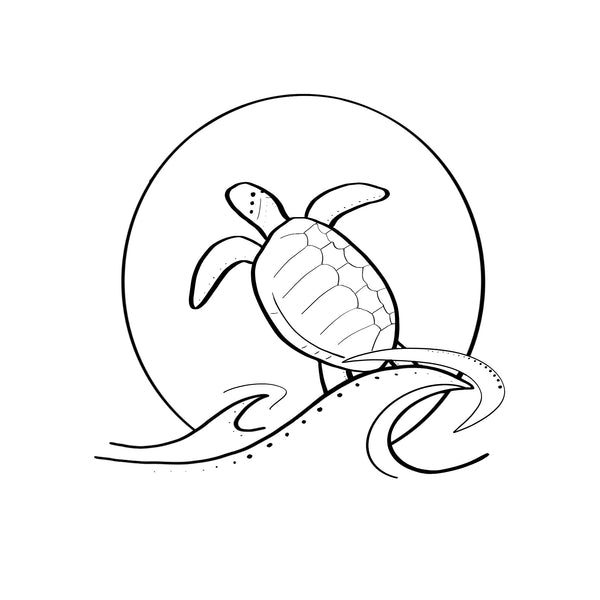Hello painters! Today I will be using two of my favorite colorways from The Smiling Hippo to show you a tip that helped me work with the loose nature of watercolor paints better. If you are struggling to blend colors or gradients, or maybe you are getting hard lines in your paint, this tip will help!
First I’ll do a quick review of two watercolor painting methods that you are probably familiar with, even if you didn’t know what they were called. And if you are a beginner, this is a great place to start!
Wet on dry
In this method you put a wet brush over a previously painted spot that has now dried completely. This creates a layered effect and, with the nature of watercolor, you can see each layer of paint. This is a great technique to create abstract or landscape backgrounds, and usually the details of the painting are added in layers of wet on dry.


 O
OThis neon pink is the colorway Disco (link to listing).
Wet on wet
This is when you paint a large area with just water or paint and add more color before anything has dried. This allows the colors to mix. It can be a nuisance if you forgot an area was wet and didn’t want the colors to mix! But otherwise this is usually how you achieve seamless blending and gradients.




This black is the classic colorway Galaxy Black (link to listing).
Maybe Bigger is Better! The tip to help your technique:
When I first started painting as more than just a hobby, it was mostly 4x6 to 8x10 inch cuts of paper. I used a set of brushes sizes 1-6 and did a lot of great work! As I began growing my page and audience, I wanted to work larger but was struggling to produce quality work at a larger scale. I thought it was because I was still at an amateur level and just slower than the masters. The real thing that helped me (other than more self confidence) is a bigger brush!
Trying to paint a large area with a small brush leads to much of the paint drying and staining the paper before it can be blended- even with the wet on wet method. Let’s look at the versatility that comes with using a larger brush. You may think, well of course you need a large brush to fill in empty spaces and then use a small one to add details. However, look at the variety of lines that a size 10 brush can make compared to the size 4 brush.

With either wet on dry or the wet on wet method, the larger brush can spread color more effectively and get the best use out of your glitter pigments!
Just make sure you are matching your brush size proportionally to your paper size. Remember my previous blog post about tiny paintings? A size 10 brush would paint the whole paper in one swath, so I might use a smaller brush for the details. I have been selecting one to two size larger than the brush I think I should use.
The two colorways I used in this post were recently released and some are still available. If you use my referral link for a first time purchase you will get a discount! Happy painting!

